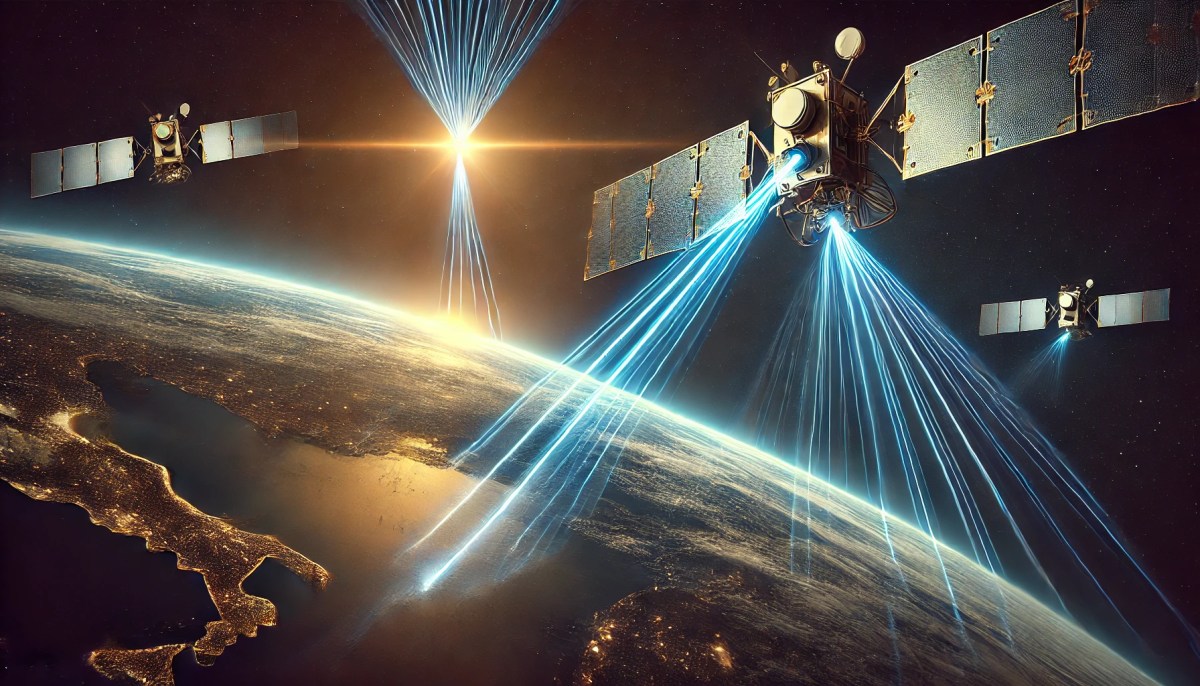Deep tech innovation is creating extraordinary business and societal opportunities in space — not least the prospect of space-based data centers and distributed network infrastructure that will connect humanity in faster and more sustainable ways than ever before.
I predict that this new paradigm is only around a decade away, which gives a limited time for ambitious players to seize the future by putting crucial infrastructure building blocks in place. My vision has been honed by a ring-side view as key enabling technologies like quantum, AI, advanced antennas, beamforming and novel computational architectures started to come on stream, in part due to investments and decades of experience from my firm, Cambridge Consultants, developing communications systems for the current generations of low Earth orbit satellites. This includes advanced antenna systems as well as RF, electronics, signal processing and highly optimized software. It’s an exciting scenario.
Another breakthrough technology that would be key for prime first movers is free space optics (FSO), a form of data transmission that involves laser propagation through free space. This fascinating field of innovation that has only been made commercially viable thanks to significant recent advances in laser technology and optical components. This technology has enabled a transformative approach to deliver unparalleled high-bandwidth and low-latency communications.
FSO can now transmit data over significantly longer distances and at higher speeds for both increased range and capacity, while also offering the improved resilience that satellite operators need for interference-free operation in challenging environments.
FSO is attracting interest in industrial automation and military communications — but it could be particularly transformative for the satellite industry because it provides low-latency, high-bandwidth links not just between satellites, but through the atmosphere to the ground. This is vital for the meaningful and timely exploitation of the ever-increasing amounts of data being collected and communicated through space-based networks.
There are several good reasons for wanting to use optical cross link lasers between satellites. It negates the need for RF spectrum, but perhaps the most compelling benefit is sheer speed. An optical approach is an extraordinarily fast mechanism of communication. It replaces a world of wiring and switching and routing with swift, massive data bandwidth across the whole network.
Innovation teams are working to remove some of the remaining obstacles to FSO applications. Current through-atmosphere FSO links suffer from atmospheric absorption and turbulence and struggle to pierce fog, smog and clouds, while all optical links face complications associated with pointing, tracking and acquisition. At Cambridge Consultants, we’re creating a model — utilizing sophisticated AI processing — to circumvent adverse weather while cutting down on unnecessary costs and assets for a more streamlined operation.
So where could this take us? I envisage a whole new space data center industry, complete with the necessary infrastructure to process and store data in space. There are of course challenges associated with powering data centers in space, but processing data on-orbit and reducing the volume of data transmitted to the ground will reduce the overall power requirements. Sustainability in space, if you like. Getting the hardware up into space doesn’t sound immediately sustainable, but the long-term benefits will be worth it.
Crucial to all this will be the wider application of photonics, or optical technology. As the world’s appetite for power-hungry data processing grows, so does the need for energy-efficient but increasingly powerful computing solutions. This is the backdrop to innovation in photonic computing, which presents an ingenious solution by offering dramatically enhanced sustainability and low latency compute. Connectivity in this new photonic world is also crucial — here we turn to optical networking with Photonics Integrated Circuits. And the good news is that this technology exists today. Through the power of light, photonics has transformative potential for multiple fields.
The business opportunity is huge. What I find so compelling about a deep tech strategy is that it creates bold, original, new-to-the world solutions rather than incremental innovation – which makes those solutions tough for competitors to copy. For me, this leaves the opportunity for a platform owner to gain enduring commercial advantage by dominating this nascent market. In other words, if SpaceX is Apple, who’s going to be Android?
Stewart Marsh is Head of Aerospace at Cambridge Consultants, part of Capgemini Invent and known as the deep tech powerhouse of Capgemini. He has more than 20 years of experience in aerospace and telecommunications, and now helps companies achieve technology breakthroughs.
